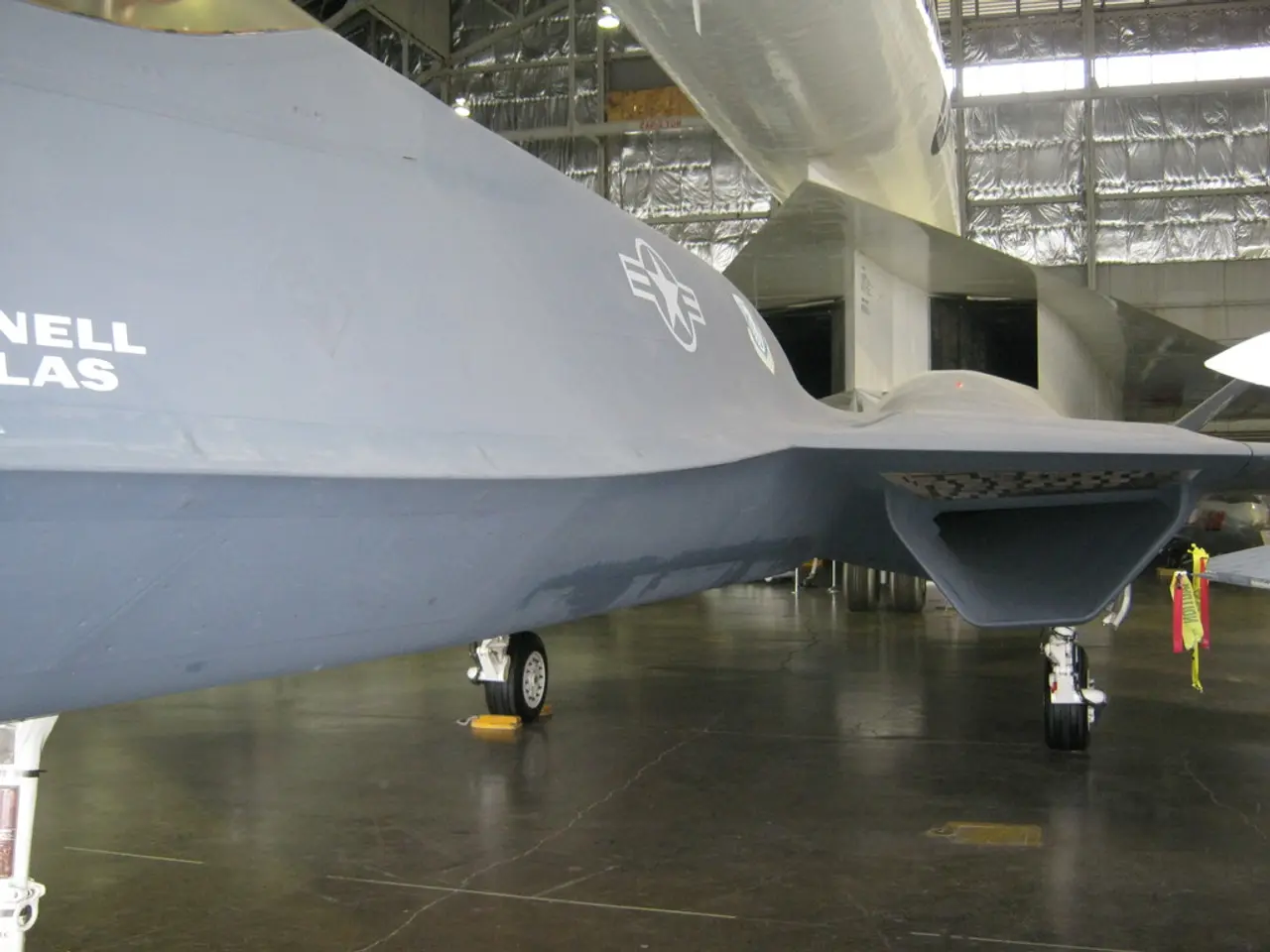Weariness in the Flight industry Workforce
In the demanding world of aviation, maintaining alertness and operational safety is crucial. One of the main challenges faced by aviation professionals is fatigue, which can have severe consequences on decision-making, performance, and overall safety.
What is Fatigue?
Fatigue is a condition characterized by a lessened capacity for work and reduced efficiency of accomplishment, usually accompanied by a feeling of weariness and tiredness. It can be divided into two subcategories: mental fatigue and physical fatigue.
Common Causes of Fatigue in Aviation Professionals
Several factors contribute to fatigue in aviation. Long-duration missions, extended working hours, disruptive circadian rhythms due to time zone changes (jet lag), and environmental factors such as low-pressure, dry airplane cabins, and limited mobility during flights are common causes. Fatigue can also accumulate due to operational demands and irregular work-rest schedules.
Signs of Fatigue
Signs of fatigue often manifest as eyelid closure, reduced head movement, decreased situational awareness, tiredness, headaches, irritability, and impaired cognitive and motor functions related to sleep deprivation or circadian misalignment. Fatigue-related events may result from impaired judgment or performance, increasing safety risks.
Solutions and Management Approaches
To combat fatigue, several strategies are being implemented. Real-time fatigue monitoring systems integrated with pilot equipment, such as eye-closure and head-movement sensors, provide early warnings and maintain alertness during flight. The implementation of scientifically-based Fatigue Risk Management Systems (FRMS) uses data-driven methods to identify, control, and monitor fatigue risks, including adapting roster patterns and work scheduling to reduce fatigue.
Regulatory compliance plus proactive fatigue reporting and risk management as part of Safety Management Systems (SMS) aim to improve operational readiness and fit-for-duty status. Addressing environmental factors by mitigating cabin conditions and improving rest opportunities during flights is another approach. Managing jet lag through circadian rhythm adjustment strategies such as exposure to appropriate light cues and planned sleep schedules is also crucial.
Building a Healthy Lifestyle
Building a healthy lifestyle is crucial in combating fatigue. This includes healthy nutrition, an individual diet with the help of a doctor, sufficient sleep, and physical exercise. Improving physical conditions by considering employee feedback can help combat fatigue as well.
Promoting Awareness
Crew Resource Management (CRM) or Team Resource Management (TRM) training can promote awareness to fatigue and sleep issues. Establishing a Fatigue Risk Management System (FRMS), either as a part of the Safety Management System (SMS) or as a standalone system, can help manage fatigue effectively.
Creating a Happy Working Environment
A happy working environment is a major factor in managing fatigue effectively. Sufficient human resources with backups can help manage fatigue in the workplace. Emotional dissatisfaction, stress, and lack of career opportunities can lead to fatigue, so addressing these issues is essential.
Conclusion
In the face of the demanding environmental and scheduling challenges in aviation, it is crucial to ensure aviation professionals maintain adequate alertness and operational safety. By implementing the strategies discussed above, we can strive to create a safer, more efficient, and less fatigue-prone aviation industry.
- Aviation professionals, affected by fatigue, face challenges in maintaining alertness and ensuring operational safety, which can have severe consequences.
- To manage fatigue in the aviation industry, real-time monitoring systems and scientifically-based Fatigue Risk Management Systems (FRMS) are being employed, along with strategies like roster pattern adjustments and improved sleep schedules.
- Adopting a healthy lifestyle, with proper nutrition, sleep, exercise, and addressing employee feedback, can help combat fatigue among aviation professionals.
- Establishing training programs like Crew Resource Management (CRM) or Team Resource Management (TRM), promoting fatigue awareness, and creating a happy working environment with sufficient resources can be effective in managing fatigue in the transportation industry, ultimately improving overall safety and efficiency.




